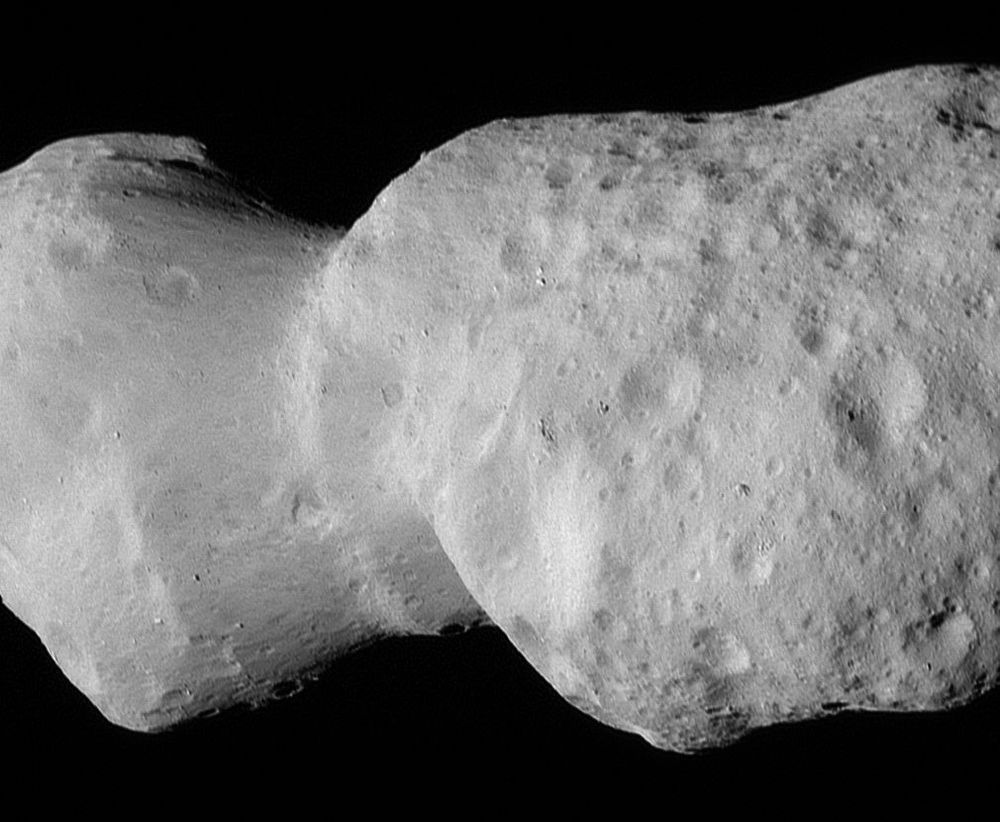www.space.com
A failed Soviet Venus lander will fall back to Earth after being stranded for 53 years
"In about two weeks from now, on or near May 9-10, an unusual uncontrolled reentry will happen."
A science-oriented feed about planetary science! Part of the Astronomy feeds network. Astronomers can sign up to post here via @bot.astronomy.blue Contains posts from signed up users with #planetaryscience or #planetsci. Posts here are also included in the main Astronomy feed.
Feed on Bluesky#EGU25 3 opportunities APR 30 to improve your #research efficiency w/ SciX 1545 "Accelerating the Discovery of #NASA #Science" w/ @bartlettastro.bsky.social in NASA booth 1720 "Enhancing #Geoscience Collaboration and Discovery" w/ Mike Kurtz in Room -2.32 Demos all day in NASA booth #earthscience
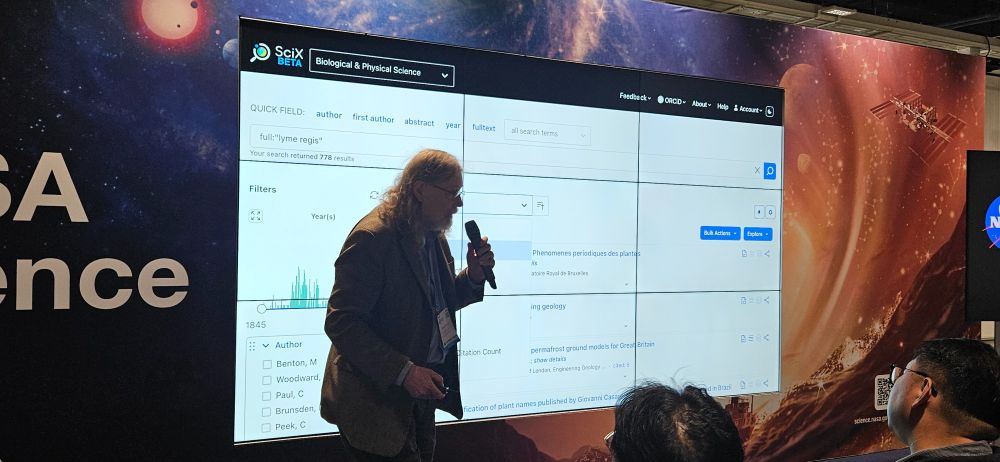
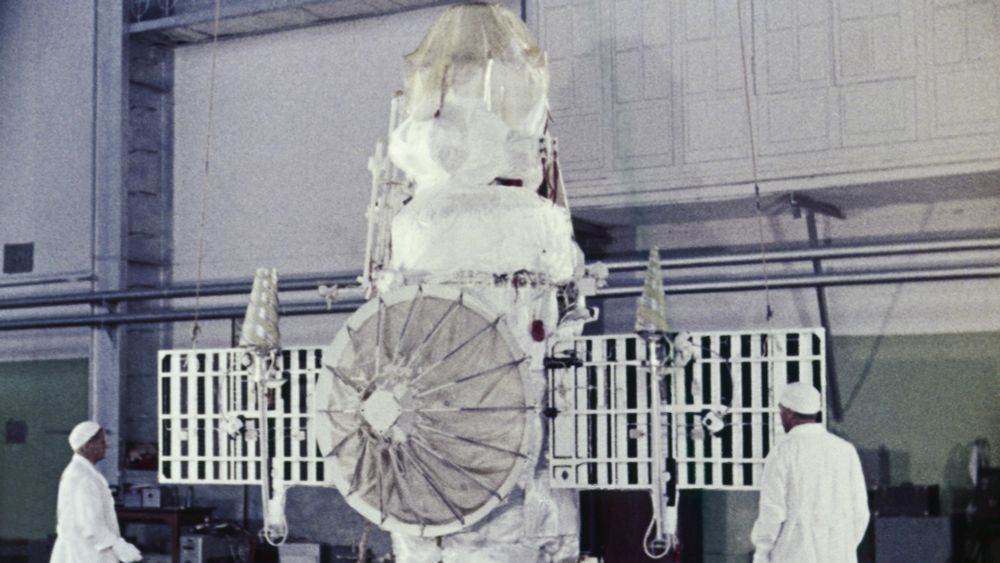
www.space.com
A failed Soviet Venus lander will fall back to Earth after being stranded for 53 years
"In about two weeks from now, on or near May 9-10, an unusual uncontrolled reentry will happen."
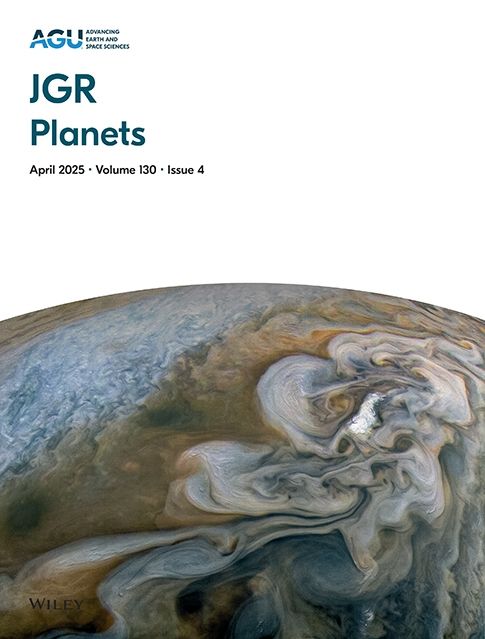
doi.org
Questioning the Reliability of Methane Detections on Mars by the Curiosity Rover
Methane levels in Curiosity's Tunable Laser Spectrometer foreoptics chamber are 3–4 orders of magnitude higher than in the sample cell Using a diffusion model, we propose a leakage scenario from ...

www.bbc.co.uk
Open University scientist given Moon samples from China mission
Prof Mahesh Anand is the first UK scientist chosen to receive samples from the 2020 Chang'e-5 probe.
ucp.manifoldapp.org
We use cookies to analyze our traffic. Please decide if you are willing to accept cookies from our website. You can change this setting anytime in Privacy Settings.
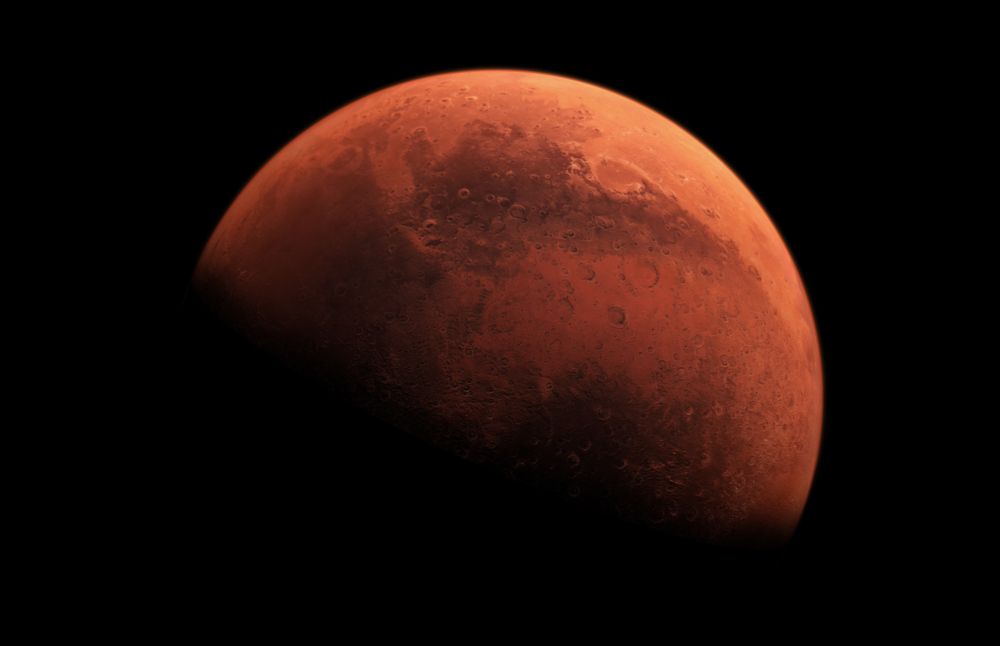
www.discovermagazine.com
Mars' Liquid Core May Have Once Powered Only Half of its Magnetic Field
Learn about Mars' defunct magnetic field, which may have sustained life on the planet and covered only its southern hemisphere over 4 billion years ago.
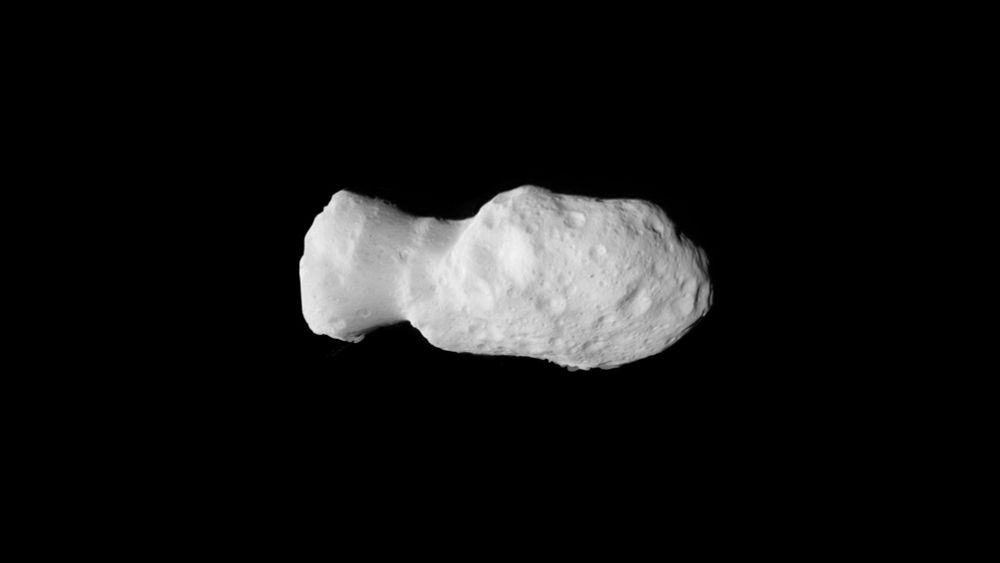
sketchfab.com
Asteroid DJ from Gif - 3D model by Doug Ellison (@djellison)
Data from GIF posted here : https://science.nasa.gov/image-article/nasas-lucy-spacecraft-images-asteroid-donaldjohanson/ credit NASA/Goddard/SwRI/Johns Hopkins APL - Asteroid DJ from Gif - 3D model by...
⏰It's the final countdown...to turn in abstracts for the #COSPAR2025 Symposium in Nicosia, Cyprus. Submit by tomorrow, 23 April, to join us to explore this year's theme: Humanity’s Challenges and Celestial Solutions: www.cospar-assembly.org/symposia.php

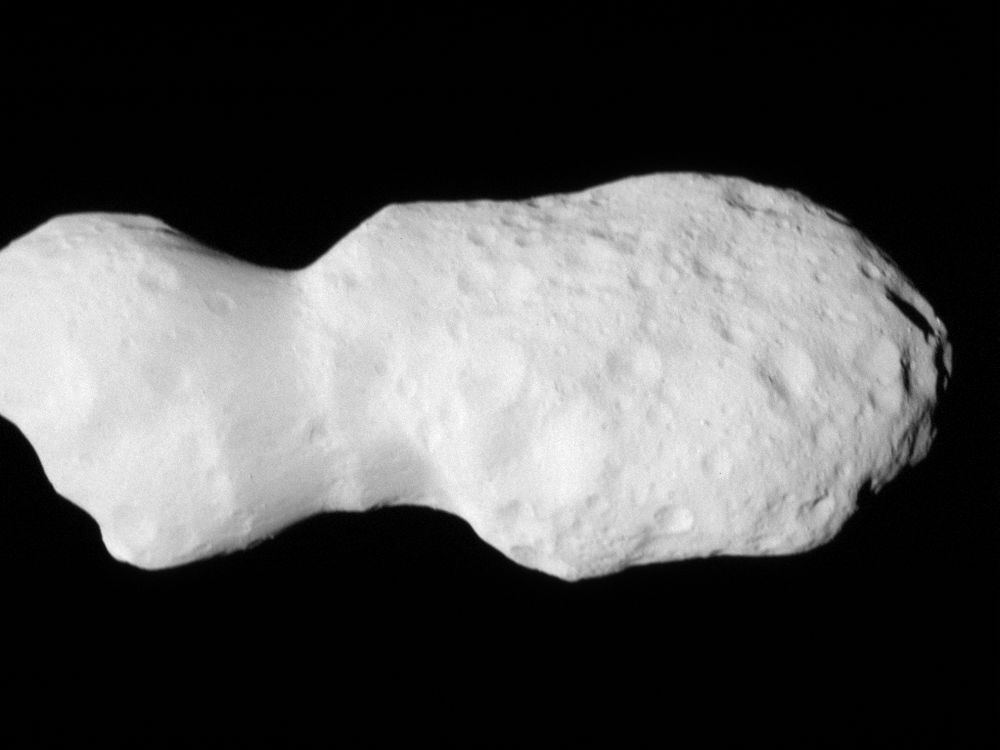
science.nasa.gov
NASA’s Lucy Spacecraft Images Asteroid Donaldjohanson - NASA Science
In its second asteroid encounter, NASA’s Lucy spacecraft obtained a close look at a uniquely shaped fragment of an asteroid that formed about 150 million
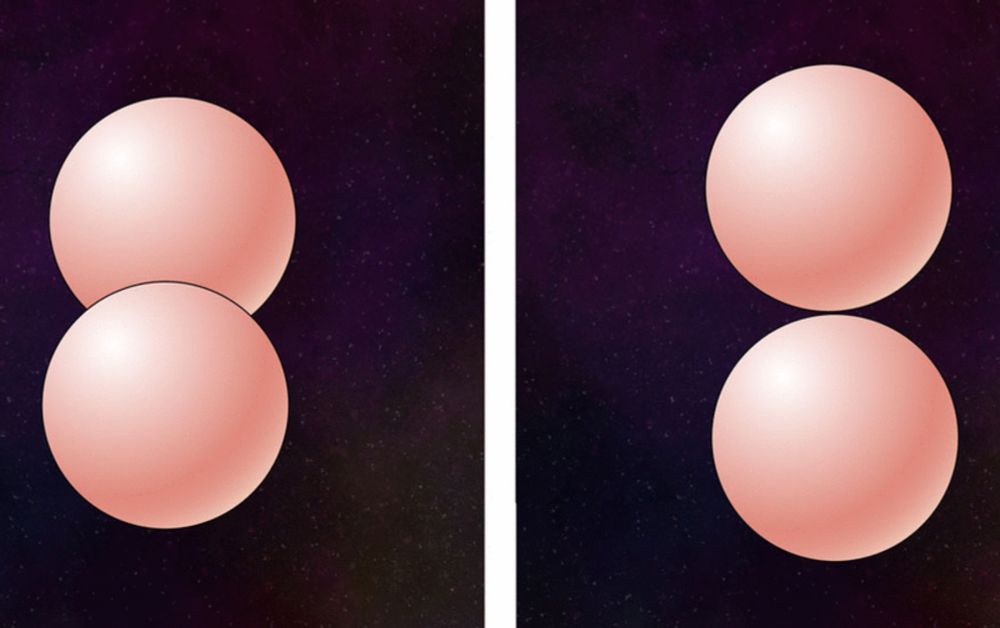
www.science.org
A tilted “Tatooine planet” whose two suns aren't stars at all
An indirectly detected planet on a highly inclined orbit about a pair of brown dwarfs shows that, when it comes to exoplanet diversity, anything goes.
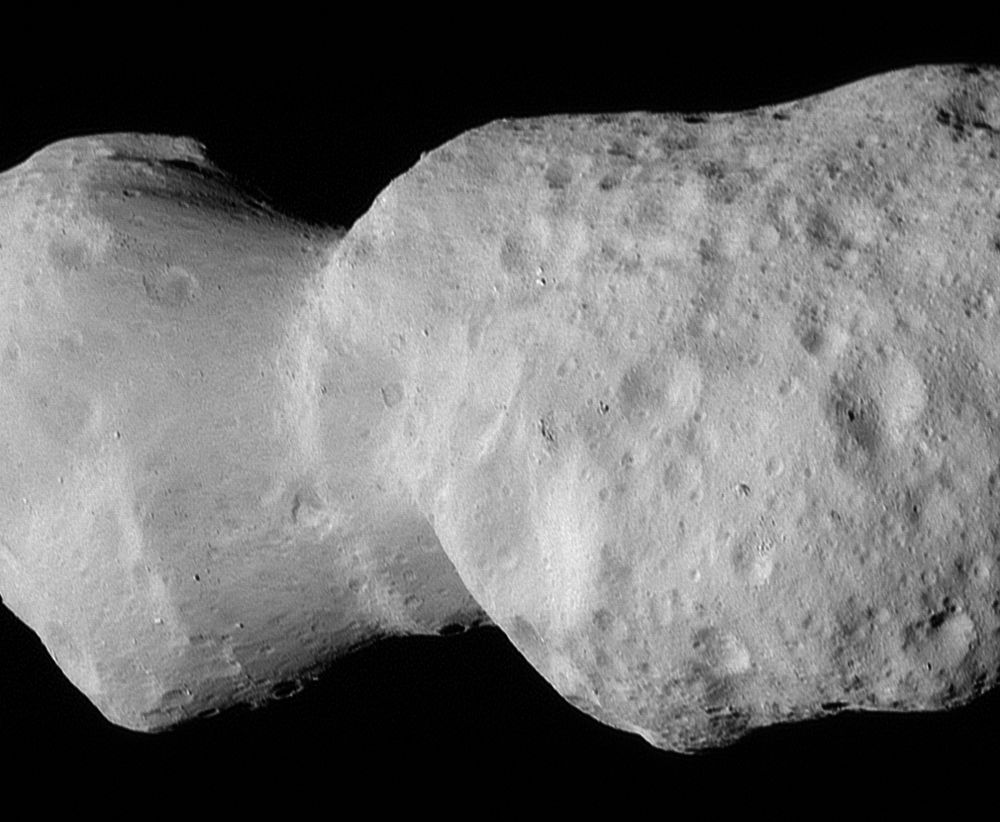
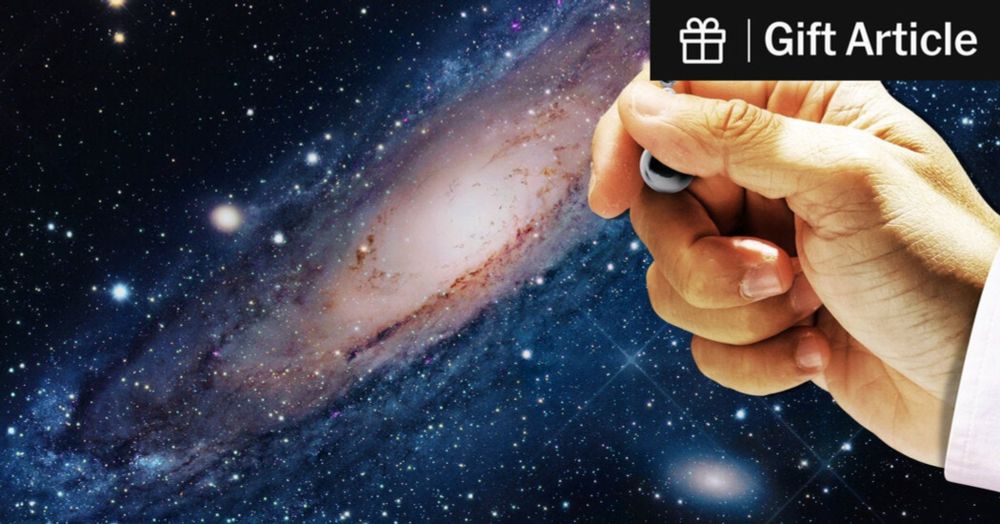
www.nytimes.com
Opinion | Trump’s Cuts to NASA Will Hurt Our Search for Alien Life (Gift Article)
Space science at NASA is on the chopping block.


